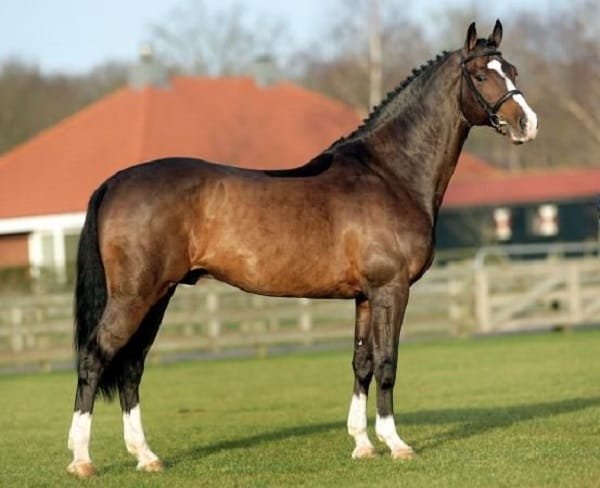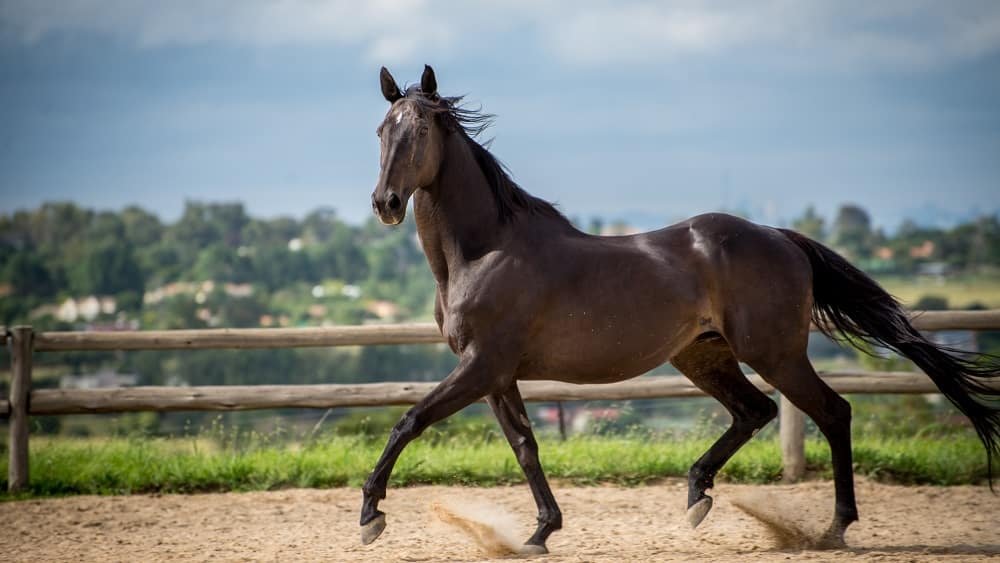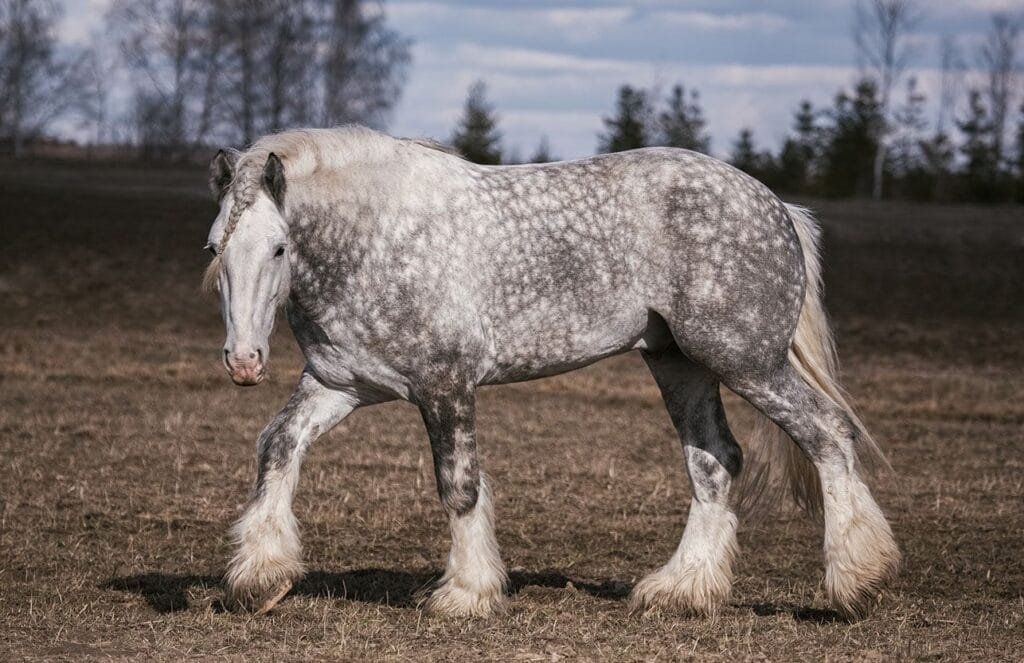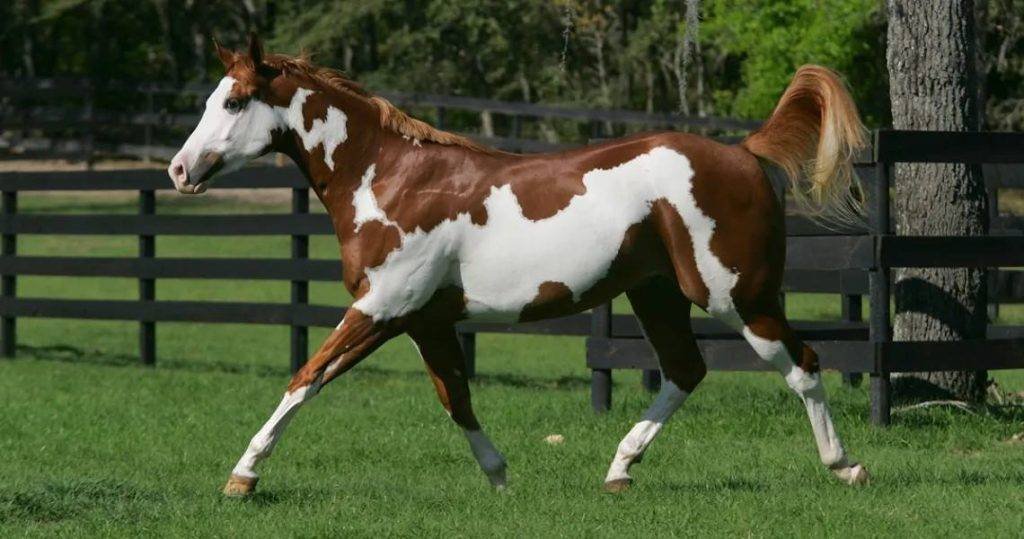When it comes to horse breeds, Warmbloods, Thoroughbreds, and Draft Horses each have unique characteristics that make them suited for different purposes.
Whether you’re a rider, trainer, or horse enthusiast, understanding these differences can help you choose the right breed for your needs.
Overview of Each Breed
Warmbloods

Warmbloods are a group of horse breeds that are known for their athleticism and temperament. They are often used in disciplines like dressage, show jumping, and eventing. This breed is typically a cross between lighter horses (like Thoroughbreds) and heavier breeds (like Draft Horses), leading to their balanced physique.
Thoroughbreds

Thoroughbreds are renowned for their speed and agility, making them the preferred choice for racing. They are tall, slim, and built for endurance, often excelling in various equestrian sports beyond racing, including jumping and dressage.
Draft Horses

Draft Horses are large, powerful horses originally bred for heavy work such as farming and pulling carriages. They are characterized by their sturdy build, calm demeanor, and strength, making them ideal for heavy labor and certain riding disciplines.
Key Differences
| Feature | Warmbloods | Thoroughbreds | Draft Horses |
|---|---|---|---|
| Height | 15.2 to 17.2 hands | 15.2 to 17.0 hands | 16.0 to 19.0 hands |
| Weight | 1,200 to 1,600 lbs | 1,000 to 1,200 lbs | 1,600 to 2,200 lbs |
| Temperament | Generally calm and trainable | Energetic and spirited | Gentle and easygoing |
| Uses | Dressage, show jumping, eventing | Racing, eventing, show jumping | Farming, pulling, recreational riding |
| Build | Athletic, balanced | Slim, tall, streamlined | Stocky, muscular |
| Origin | Europe (Germany, Netherlands, etc.) | England | Various (e.g., Belgium, Clydesdale) |
| Life Span | 25 to 30 years | 25 to 30 years | 20 to 25 years |
Detailed Comparison
1. Height and Weight
- Warmbloods tend to be medium to large horses, often between 15.2 and 17.2 hands and weighing 1,200 to 1,600 pounds. Their size makes them versatile for various equestrian disciplines.
- Thoroughbreds are typically similar in height to Warmbloods but are usually lighter, weighing between 1,000 and 1,200 pounds. Their lean build is ideal for speed and agility.
- Draft Horses are significantly heavier and stockier, ranging from 1,600 to 2,200 pounds and often reaching heights of 16.0 to 19.0 hands. Their strength is unmatched, making them perfect for heavy-duty tasks.
2. Temperament
- Warmbloods are known for their calm and trainable nature, making them popular choices for riders of all levels.
- Thoroughbreds, with their high energy, require confident handling and are best suited for experienced riders who can channel their spirit.
- Draft Horses are often described as gentle giants, exhibiting a laid-back demeanor that makes them ideal for beginners and families.
3. Uses
- Warmbloods shine in competitive equestrian sports, particularly dressage and show jumping. Their versatility also allows them to excel in eventing.
- Thoroughbreds are primarily associated with racing, but their athleticism enables them to compete in various disciplines, including jumping and dressage.
- Draft Horses are invaluable for heavy work, such as plowing fields and pulling loads. They are also used in leisure riding and as therapy horses due to their calm nature.
Understanding the differences between Warmbloods, Thoroughbreds, and Draft Horses can help you choose the right horse for your needs. Whether you’re looking for a competitive partner or a gentle companion, each breed offers unique qualities that cater to various equestrian pursuits. Remember to consider factors like temperament, size, and intended use when making your decision. Happy riding!




